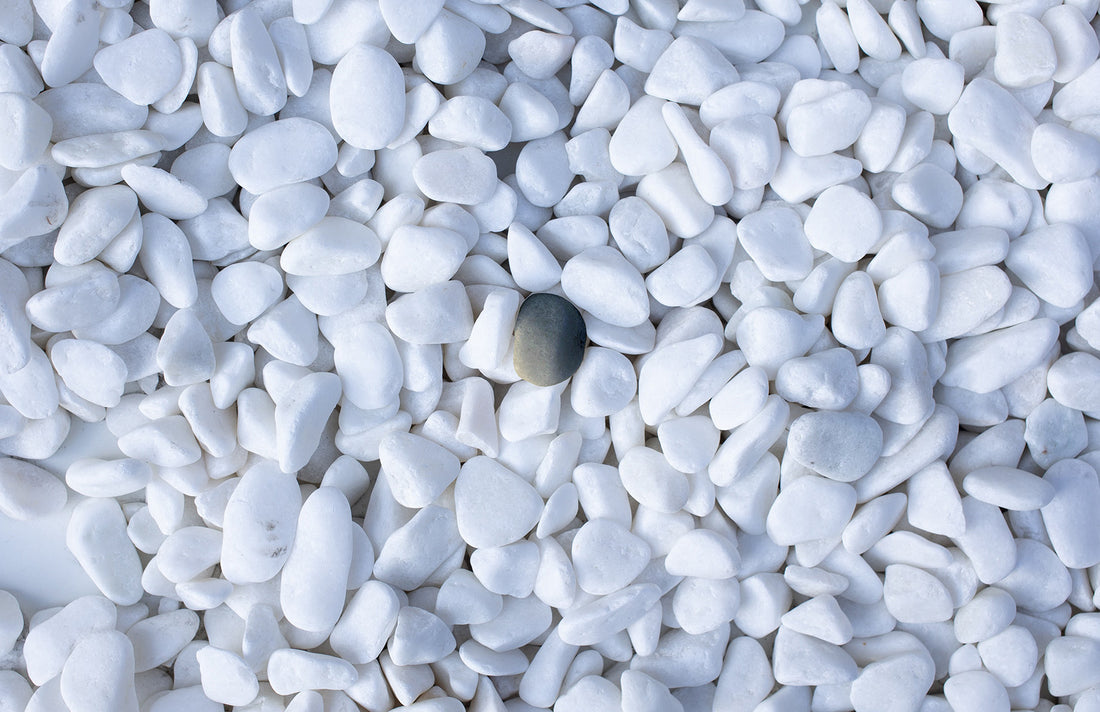I want to write about grief ̶ and the sorrow and sadness that come with it. I want to give it the space it deserves. To date, grief has been taboo in our culture. Though we as a society are perhaps more open about it than ever before, it is true to say that we have been taught to express ‘positive’ emotions like happiness, joy and kindness, yet to hide ‘negative’ emotions such as anger, sadness, grief and depression. Grief is a painful but necessary process and suppressing it can be damaging on every level. It doesn’t just come with the death of a loved one either; it can happen with a job loss, a house move, unfulfilled dreams, ancestral trauma, pandemic fallout, and so the endless list goes on.
I must also mention ‘Earth grief’ caused by the rapid decline of species and habitats, the rise in environmental toxicity and pollution of our air and water. It all registers somewhere in us as loss, even if we have numbed out to the images of suffering we are confronted with. Life, as with nature, consists of cycles of birth, growth, transformation, decay and death. Perhaps we sometimes lose sight of the fact that everything around us is transient. Maybe we don’t allow ourselves a space to express our sadness about one situation before we move into another.
One of the reasons we forget to allow ourselves space to grieve is because it’s uncomfortable, we find it easier to ignore it and get on with life. We dissociate ourselves from the feeling because it hurts. It has the potential to take us right to the edge of what we think we can cope with.
Some have said they feel if they open the page of grief in their lives, they will be forever miserable. Not so: allowing time to grieve and express our losses is a natural way for the body and psyche to release pain. Allowing time to grieve also prevents somatisation, the process by which the psyche transforms emotional pain into physical symptoms such as sleep problems, digestive distress, joint pain, panic attacks, anxiety and significantly, breathing issues. In Chinese medicine, grief is the emotion associated with the lungs, and in my experience I find this to be consistently true. A patient arrives with any kind of lung problem, and invariably we find that they have some grieving to come to terms with.
It’s not easy to sit with someone deep in grief. We are inclined to soothe, to make better, to stem the flow of pain. I was overseas many years ago, giving a session, via a translator, with a paralysed man. The story he told was extreme, involving shootings, death and deep trauma. He hadn’t spoken about it on this level before. Grief needs gentle hands, so I invited him to explore his feelings, and on asking him the right questions he began to weep. The translator rushed to his side with tissues trying to stop it. I took her to one side and explained we must sit with him and allow his sadness to flow, however unbearable. We managed it and as a result he greatly improved, was happier, and slept better. After each follow up, gifts from his wife would appear on my doorstep: huge cakes, chocolates and Brazilian coffee. She thought it was magic, when in truth we had simply created a space where he could allow his grief to emerge.
Homeopathic remedies will support the grieving process. For acute grief, Ignatia helps if the person is sad, in a tearful mood, sighing a lot and wants to be alone. Emotions may alternate from weeping or outbursts of anger to uncontrollable laughter or crying. There can be a sensation of a lump in the throat and they feel better for hugs. Constitutional remedies are needed for more chronic grief.
Primarily I encourage people to find their own individual ways of tapping into their grief. One way is to prepare a candle ritual whereby you light a candle, write on a piece of paper what it is that you are letting go of or need to grieve, along with some simple words such as ‘I release you, I let go, my journey with you is complete and ended.’ Then tear the paper up and burn it, bury it, or put it in the compost bin. Simple personal rituals can break through the conscious mind and reach into the deeper layers of psyche to move grief in a surprising way.
Once when I had a big grief of my own to move, I gathered all the beach stones and crystals I had in my entire house, made a big circle of them on my living room floor, placed some photos, a candle and special objects in the centre, stepped inside and wept it all out. Now my entire stock of stones lives in a wicker basket and they are ready when I want to make my grieving circle. My prescription is to create a space or ritual where you can befriend grief like a companion who visits every now and then, invite grief in, welcome it and allow it to flow. There lies the path of healing.
Maya Angelou said “There is no greater agony than bearing an untold story inside you.” She was so right.
____

Lizzie Mae Smith has been practising homeopathy for around 15 years. She is also a yoga teacher, writer and grandmother and loves supporting and guiding people to their full potential. lizziemaesmith.com
First published in Issue 74 of JUNO. Accurate at the time this issue went to print.



